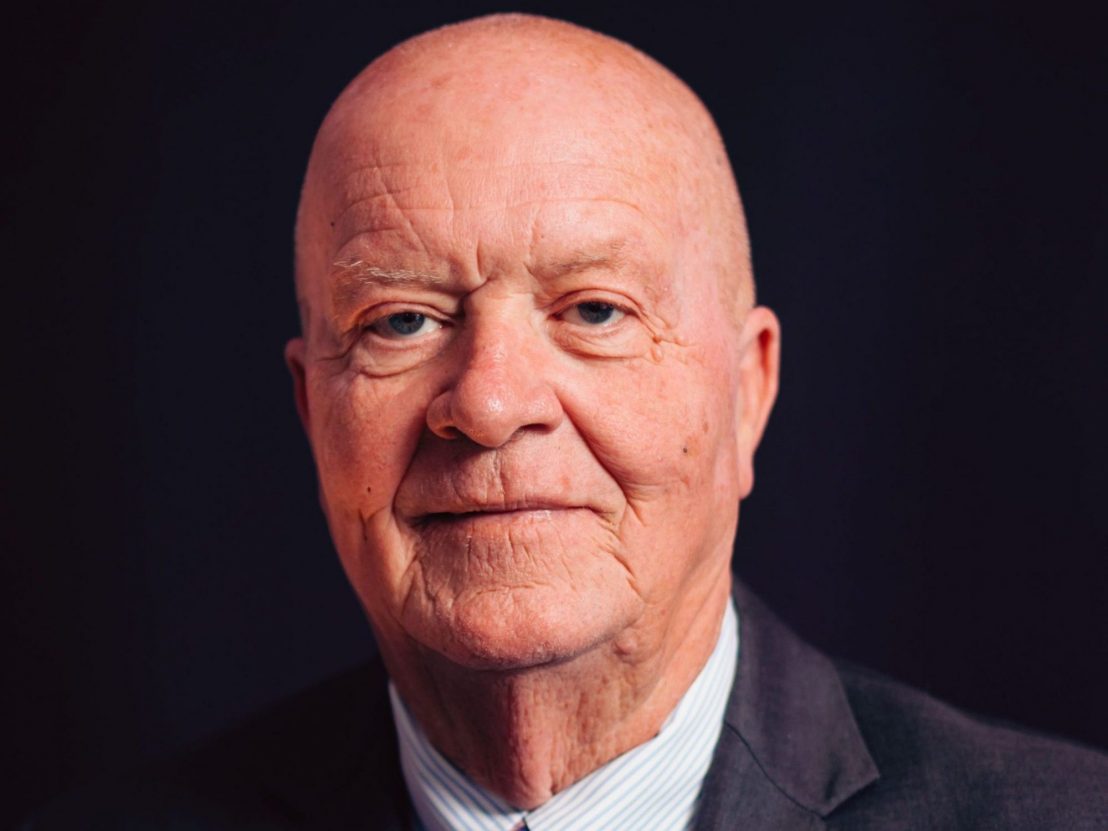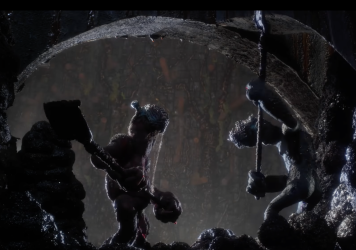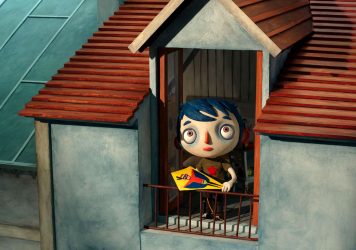
On Tuesday night earlier this week, Jules Bass passed away at a retirement home in Rye, New York, at the age of eighty-seven. An upstart ad-man who sold America on the coziness of the Christmas season in his main career as animator and filmmaker, he leaves behind a legacy renewed as a matter of tradition at the end of each year.
Following a Philadelphia childhood marred briefly by a life-threatening case of scarlet fever, a young Jules Bass moved to Manhattan to attend New York University, and after his graduation, work at an ad agency in the thick of the Mad Men era. He moved on to a position as copywriter in the commercial department of US television network ABC, where he made the acquaintance of an art director named Arthur Rankin, Jr. The ambitious young men hit it off, and formed their own production company called Videocraft International in 1960.
They cranked out over one hundred episodes of a TV series based on The Wizard of Oz, but the pair drew more interest for The New Adventures of Pinocchio, their first project rendered in the stop-motion technique they termed “Animagic.” Brought to life by a fleet of animators outsourced in Japan, the visual style distinct for its rounded figurines and powdery snowlands got a more visible platform in Videocraft’s first TV special, 1964’s Rudolph the Red-Nosed Reindeer.
With its kindly Burl Ives-voiced narrator, cozy vision of wintertime fantasy, and wholesome Christian moralizing, their adaptation of the popular seasonal standard was a sweeping success, perennially airing on TV for the rest of Bass and Rankin’s lives. The public demanded more, and the company renamed Rankin/Bass gladly gave it to them, erecting a cottage industry of Yuletide cheer that included The Little Drummer Boy, Frosty the Snowman, Santa Claus Is Comin’ to Town, Jack Frost, and The Year Without a Santa Claus.
Generations of children latched onto indelible characters like the lederhosen-clad grump Burgermeister Meisterburger, the megalomaniacal ventriloquist Kubla Khan, and the bickering Snow Miser/Heat Miser brothers, along with the catchy tunes Rankin and Bass wrote for them. While their work is remembered chiefly as squeaky-clean fun for the whole family, there’s more flavor to their interests than most of the fruitcake served around December; inspired by Hans Christian Andersen and the bygone cultures of Western Europe, they wove German Expressionist influence and cutting-edge technological sophistication into what the canny promoters billed as kid stuff.
Though Christmas would always be the home and domain of Rankin/Bass, they expanded their repertoire as the ’60s rolled on, eventually venturing into the multiplex. Spooky-movie binges during the leadup to Halloween are incomplete without 1967’s delightful Mad Monster Party?, in which a mad scientist invites all his most villainous pals over for a swingin’ soiree (including a razor-sharp Phyllis Diller as the Bride of Frankenstein). Outside of stop-motion, back in the realm of 2-D animation, Rankin and Bass commanded respect for their grown-up feature-length take on The Last Unicorn in 1982.
Bass stepped away from filmmaking in 1987, though he busied himself with writing in quasi-retirement, penning a series of kids’ books featuring a vegetarian dragon as well as a couple adult-geared paperback novels (one of which became the Selena Gomez vehicle Monte Carlo). But his name will remembered as synonymous with the stop-motion form he popularized, a metonymic identification with an entire aesthetic that few artists can claim with such totality. Every time someone feels Christmas cheer, it’s because they were taught how by Jules Bass.
Published 29 Oct 2022

The animator’s long-awaited fusion of handmade sci-fi and horror will premiere at the Locarno Film Festival.

Hugh Jackman’s intrepid explorer makes a startling discovery in Laika’s latest stop-motion treasure.

The screenwriter behind this Oscar-nominated animation talks through the intricacies of her working process.